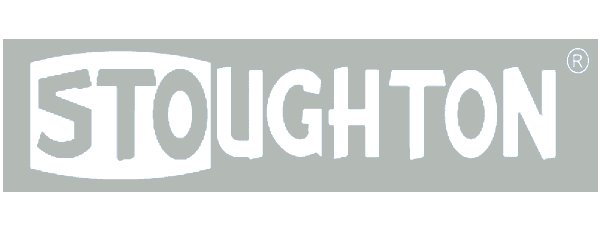
“Strategex’s work was eye-opening. It showed us that we really had our work cut out for us. We used the reports to work with our teams to improve.”
How does inflationary pressure affect manufacturers? If your prices are too low, you risk losing money. If your prices are too high, you could alienate customers.

There can be two dozen components in a bra. From lace to dye to elastic trim, inflation has increased the cost of each piece, forcing lingerie makers to — sorry! — push up wholesale prices.
The Natalia Underwire Bra, which sold for $68, now retails for $98. Some stores thought the price hike was too much and stopped carrying it. But Journelle, the manufacturer, said it had little choice — some costs have doubled since 2019.
Guido Campello of Journelle told The Wall Street Journal he anticipates shoppers will stay loyal, but these are tricky times for pricing decisions up and down the supply chain. As our Customer Experience work demonstrates: If your prices are too low, you risk losing money. If your prices are too high, you could alienate customers.
An entire generation of executives and owners came of age without worrying about how to defend their businesses from inflation. The average U.S. inflation rate from 2000 to 2019 was a calm, cool 2.10%. Then came COVID, and its disruptions to the supply chain, followed by Russia’s invasion of Ukraine, which caused energy prices to spike. The annualized inflation rate in September was 8.3%. How do you manage that kind of attack on the bottom line?
“The reality is that the whole world is facing the same pressures on inflation, in raw materials, in transport, in people, in freight,” Martin Waters, Victoria Secret’s chief executive, said in a March earnings call
Consumer goods companies such as Unilever, Nestle, and Procter & Gamble raised prices to protect themselves. And they’re looking for ways to control escalating costs, including on the distribution side. Coca-Cola increased prices and shifted to affordable and refillable glass bottles in some markets. The average cost of a 12-ounce can of pop in a 12-pack has increased by 45% in less than four years. And yet, Coca-Cola’s second-quarter (2022) sales exceeded expectations despite those higher prices. Consumers around the world are still willing to pay more for their beverages. The company has more than held its own, reporting profit increases that beat expectations. “Coca-Cola delivered a masterclass in pricing power,” one analyst gushed.
Critics see something nefarious in these strong performances, accusing companies of using inflation as an excuse to gouge customers. But that’s a short-sighted criticism. With every price increase, businesses risk driving away customers. Especially if there is a comparable competitor at a lower price point. Unilever, maker of Dove soap, and Ben & Jerry’s ice cream saw sales volumes dip 1%. There are cheaper (and equally delicious) ice creams out there, and Unilever knows it.
Our customer studies show repeatedly: Unless you are underpriced, you can’t just increase the price. You must differentiate from your competition and prove that your overall value proposition is superior to warrant the price increase.
Consumers know that prices for finished products typically don’t drop once they’ve been raised (as opposed to market-traded commodities like oil that fluctuate continuously). Our customer studies echo this point; your customers know that price increases are here to stay. So, now they must evaluate whether you deserve that price point. Seems everyone is doing a price/value analysis, especially your customers.
Competition, technological advances, and efficiency gains bring new buying options for customers, and should compel companies to hold the line on future price increases. “When shifting demand and supply fundamentals drive up a price, markets eventually fix the problem,” Wall Street Journal columnist Greg Ip noted. In the 1970s, and again in the 2000s, the United States responded to higher oil prices by expanding production.
Inflation should moderate as the Federal Reserve raises interest rates, which will slow the economy. For now, it’s critical for businesses to understand customer perceptions, differentiate their value proposition, and align price strategies accordingly.
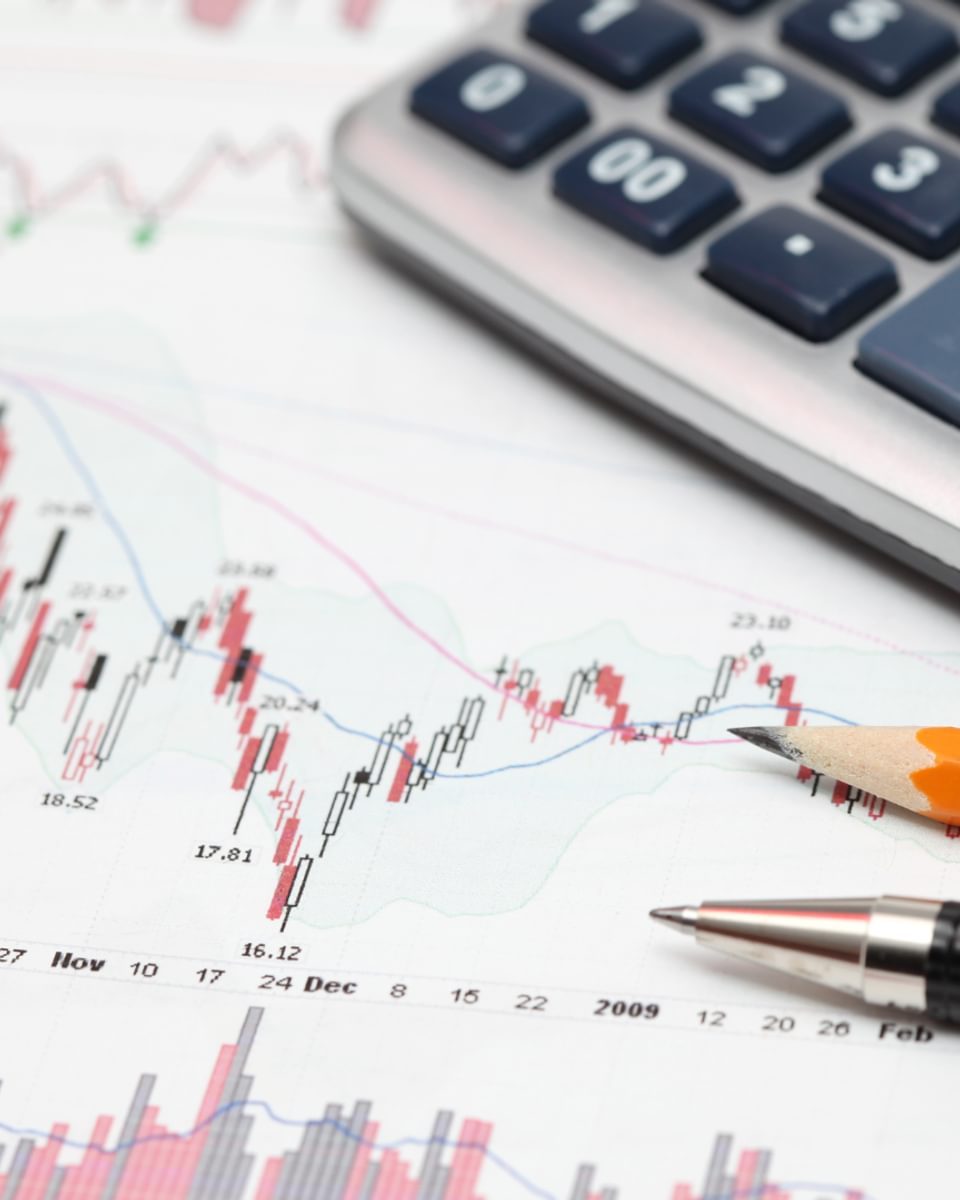
Inflation
8.3%
In September, 2022 inflation reached 8.3%
Related Content
Strategex Customer Experience (CX) focuses on creating long-term customer success. We do things differently. We're driven by your profitable market share growth (keyword=profitable). And, our programs make delivering CX the obsession of your entire organization - not just the function of one department.
Our clients have achieved Customer Experience success. Read a few testimonials.

“Strategex’s work was eye-opening. It showed us that we really had our work cut out for us. We used the reports to work with our teams to improve.”
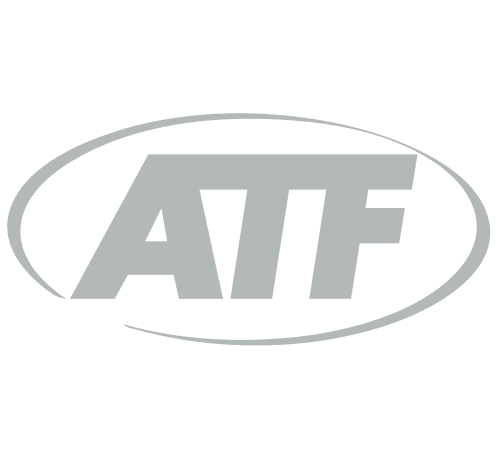
“The difference between the organization 6 months ago and where we are today is mind-blowing.”

“We’re consultant adverse and Strategex didn’t feel like a consultant. It felt like you were in the cockpit with us instead of someone on the outside.”
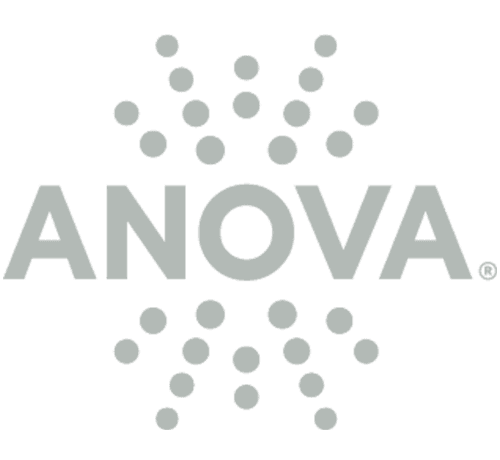
“We evaluated the targeted customers from the Strategex project, and in the past 12-month period, their performance and the orders they placed paid for the project itself.”
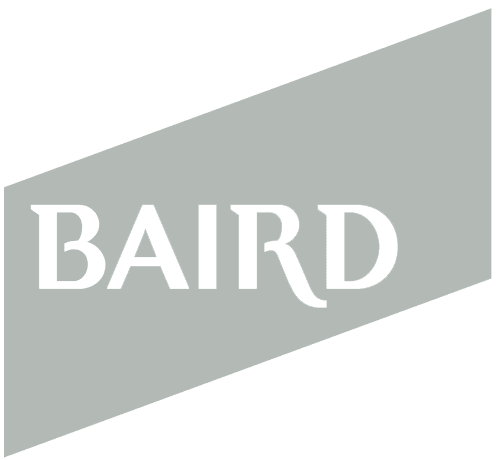
“Strategex provides us with a mechanism to help us understand where our companies are with their customer relationships, where they can improve them, and a mechanism to help improve them. Strategex takes the risk out of the equation.”


Recession Strategy, Part II

Recession Strategy, Part II

The Do’s and Don’ts of Inflation Strategy

The Do’s and Don’ts of Inflation Strategy

The Evolution of Customer Service to Customer Success

The Evolution of Customer Service to Customer Success
Contact us to see how we can help your business today.
Never miss a beat. Get our latest insights in your inbox.